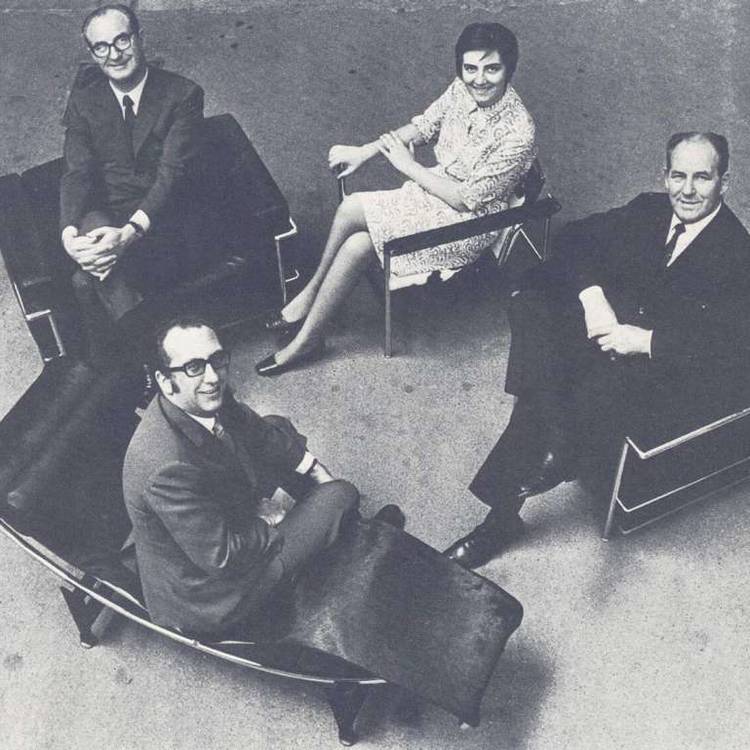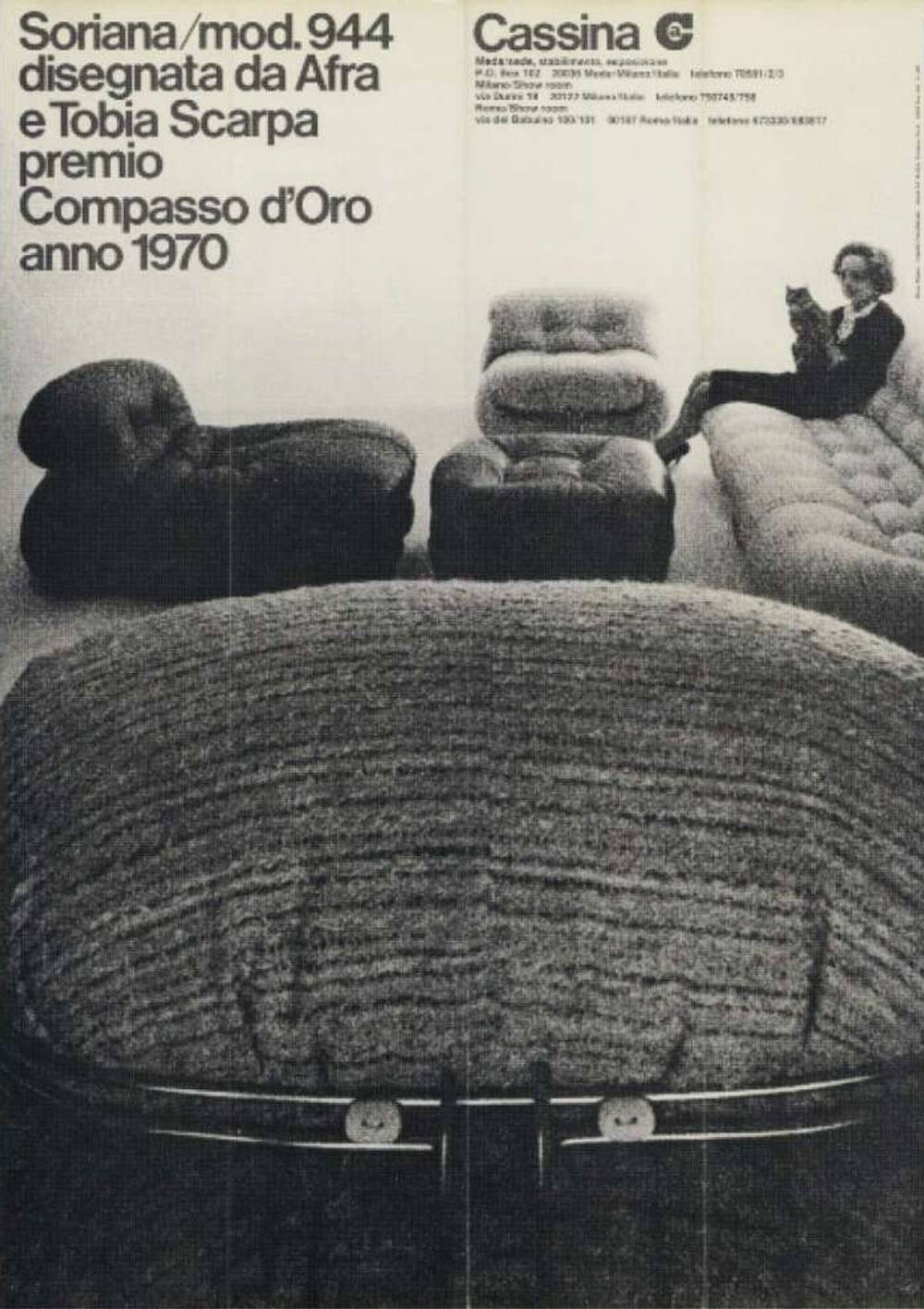Cassina • SARPI
Table
Structure In drawn metal with satin finish and protective transparent paint. Exposed burnished screws. Glass back-lacquered white top. Feet In black rubber. Designed by Carlo Scarpa. Cassina edition.
The entire Cassina collection can be ordered in our physical stores.
REF. 88225
W.200 x H.72 x D.200cm
In Stock
Carlo Scarpa designed this masterpiece of a table in 1974, as a successor to the Doge, both included in the collection known as Ultrarazionale. While citing some of the same material characteristics as its predecessor, the base of the Sarpi is up-ended compared to the Doge, while the entire piece is smaller so it can fit into smaller spaces.
In 2009, Tobia Scarpa complemented the original octagonal table-top, which was later augmented by rectangular, square and round versions.

Tobia Scarpa is an Italian designer and architect. He is known for his furniture design that melds cutting-edge technology, ergonomic function, and cultural history. Born on January 1, 1935 in Venice, Italy, Scarpa studied architecture at the Università Iuav di Venezia, graduating in 1957. After graduating, he began working with his wife and collaborator Afra Scarpa, with whom he produced numerous important designs.
Scarpa has designed for many Italian and international firms, including Cassina, B&B Italia, Flos, Benetton clothing, and Fabbian. The designer’s career has been long and prolific, filled with significant honors, including the Compasso d'Oro Award in 1969 and The International Forum Design Hanover Award in 1992.
His works are included in the collections of cultural institutions such as The Museum of Modern Art in New York, the Philadelphia Museum of Art, the Victoria and Albert Museum in London, and the Museum of Contemporary Art in Chicago. Scarpa currently lives and works in Venice, Italy.


Established in 1927 by Cesare and Umberto Cassina in Meda, near Milan, Cassina launched industrial design in Italy in the 1950s, based on a totally innovative approach that marked the transition from artisan production to mass production. Throughout its history, Cassina has been a melting pot of design luminaries. In the 1950s, it forged an iconic partnership with architects like Le Corbusier, Pierre Jeanneret, and Charlotte Perriand, creating legendary pieces such as the LC1 Sling Chair and LC2 Grand Confort sofa. These collaborations revolutionized furniture design, emphasizing form and function in equal measure.

One of Cassina's remarkable aspects is its ability to transcend eras. The brand's reissues of iconic designs retain their original essence while adapting to modern sensibilities, appealing to new generations of design enthusiasts. This blend of heritage and contemporary relevance is exemplified in pieces like the LC4 Chaise Longue, a timeless icon of comfort and style. Cassina's collaborations extend beyond mid-century architects. It has partnered with contemporary designers like Philippe Starck, Patricia Urquiola, and Jaime Hayon, infusing fresh perspectives into its collections. These collaborations merge diverse design philosophies, resulting in eclectic yet harmonious pieces that resonate with a broad audience.
In the present design landscape, Cassina stands as a bastion of innovation and heritage, continuously pushing boundaries while honoring its rich legacy. Its commitment to craftsmanship, combined with a forward-thinking approach, ensures its relevance and enduring influence in the ever-evolving world of design.

